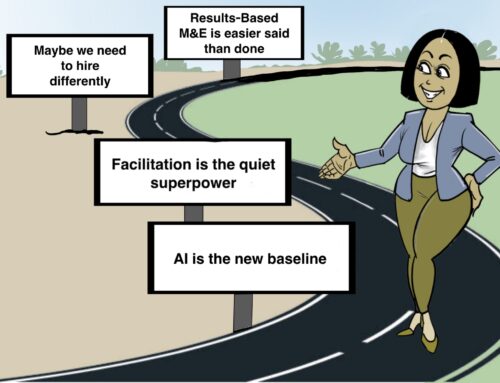Understanding Mixed Methods Research
Mixed Methods has long been described as the third research methodology. A methodology between qualitative and quantitative methods. Mixed methods is sometimes viewed from a theoretical approach to a methodology that focuses on the different phases of the research process, to a transformative perspective that aims to bring about change. In this reading, I view it as a method with a focus on the data collection, analysis, and its interpretation.
A Definition of Mixed Methods
A method to research in the social, behavioral, and health sciences in which the researcher gathers qualitative and quantitative data, integrates the two, and draws inferences from this integration that provide insight beyond what can be learned from qualitative and quantitative data.
Advantages and Challenges of Mixed Methods Research
Mixed methods is a relatively new and sophisticated methodology as it applies qualitative and quantitative methods. It also offers a unique and diverse perspective. The challenges are that it requires both skills in quantitative and qualitative analysis, which require extensive time and resources to acquire.
Essential Characteristics of Mixed Methods Research
- Collect and analyze quantitative and qualitative data in response to research questions.
- Employs rigorous qualitative and quantitative data.
- Incorporates procedures and processes within a mixed methods design.
- Comprises a worldwide view and theory.
Collect and analyze quantitative and qualitative data – these two types of data differ, but take equally important roles. Quantitative data collection relies on the investigator making decisions about what data to collect. Qualitative research is based on participant decisions where data collection involves asking open-ended, general questions and allowing the individuals to formulate responses. The researcher then conducts thematic analysis and presents the analysis in literary form. Both follow the general process of research: problem identification, determination of research questions, data collection and analysis, and results interpretation.
Employs rigorous qualitative and quantitative data – Guidelines such as the CONSORT quantitative randomized trial checklist (Schulz, Altman & Moher, 2010), the American Psychological Association Standards, Journal Article Reporting Standards (JARS)-Quant (Appelbaum et al, 2018) have advanced criteria for what constitutes rigorous research from both qualitative and quantitative perspectives. It is important to note that the scope of either approach is not reduced. In general, the following elements constitute rigour: type of research design used, sampling approach, adequate recruitment procedures, number of participants, type of data collected (text, audio, video, questionnaire responses), data analysis procedures range from the basic descriptive to the sophisticated inferential approach, coding to theme development and approaches for establishing the validity and reliability of the data.
Incorporates Procedures Within a Mixed Methods Design – Aside from just collecting and analyzing the two types of data, mixed methods also link the two in a specific design. According to Creswell and Plano Clark 2018, the two simple designs, useful to beginner researchers, are the core designs and the complex designs.
Conclusion
There is a growing presence of mixed-methods teams in academia. Members with mixed methods skills can bridge between individuals with qualitative methodological orientations and individuals with quantitative methodological orientations.
About the Author
Emmanuel Kilimo is a junior data scientist, a monitoring and evaluation intern at Cloneshouse with an affinity for driving impact in the social sector. He holds a bachelor’s degree in Economics from the University of Nairobi and a data science nanodegree. Working at the nexus of data and social impact, he is currently offering pro-bono statistical consulting with organizations such as Statistics Without Borders (SWB), Data for Social Good, and We Make Change.






Informative read!
Thank you!
This piece is well thought and researched! It gives a clear understanding of mixed methods.
Excellent piece! Very informative on mixed methods.
Thank you!
Thanks
It is a very good insight. Thank you so much
Insightful read! Mixed Methods truly offers a powerful bridge between numbers and narratives. I appreciate how you highlighted its transformative potential, not just as a research tool, but as a means to drive meaningful change. Great work, Emmanuel!
Thank you for reading.
This is both engaging & valuable. Thank you!
Thank you all for reading our blog post titled “Mixed Methods as a Component of Research Methodology in Monitoring and Evaluation.” Stay tuned for the upcoming blog post by Emmanuel on “Research Designs.”